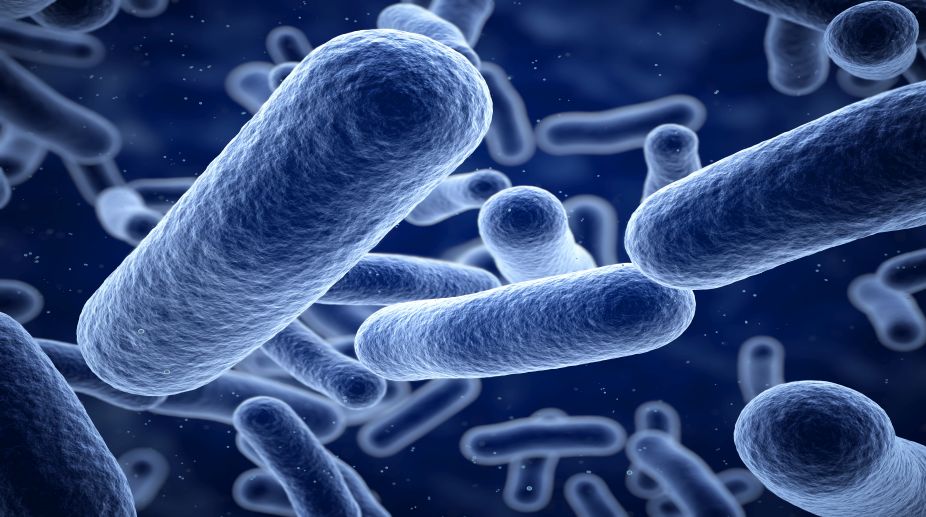Infertility and myths around food?
Infertility is a complex and misunderstood issue that affects millions of couples worldwide. It goes beyond the inability to conceive a child

(PHOTO: Getty Images)
Scientists have discovered a tiny group of cells that is critical to repairing damage to the testes in mice, an advance that may help develop new ways to preserve fertility in humans.
Blocking the cells prevents repair to tissue involved in producing healthy sperm, the research has found.
The findings by researchers at the University of Edinburgh in the UK shed light on mechanisms of cell repair and could help scientists develop ways to preserve fertility, which may benefit boys receiving cancer therapy.
Advertisement
Male testes are extremely sensitive to damage from external factors such as radiation and chemotherapy used to treat cancer, which can lead to infertility.
Damage can be repaired by internal cell mechanisms, although the process is not fully understood.
Using molecular tools, the research team removed the newly-discovered cells – known as Miwi2-expressing cells – in a group of mice.
Unlike their healthy litter-mates, mice without Miwi2- expressing cells were not able to repair injury, highlighting their critical role in regeneration.
The research also showed that Miwi2-expressing cells develop surprising features in response to damage, making them behave like stem cells.
Stem cells are known for their central role in tissue repair. Insights from the study may assist future infertility options for pre-pubescent boys undergoing cancer treatment and for whom sperm banking is not an option.
“In identifying this key group of cells, we have made a significant step in understanding cell repair in the testes,” said Professor Donal O'Carroll, from the university's MRC Centre for Regenerative Medicine.
“Our study with mice suggests that it may be beneficial to also freeze additional cells in order to maximise chances of future treatments.
“Our next step is to identify the equivalent group of cells in humans,” said O'Carroll.
The findings were published in the Journal of Experimental Medicine.
Advertisement